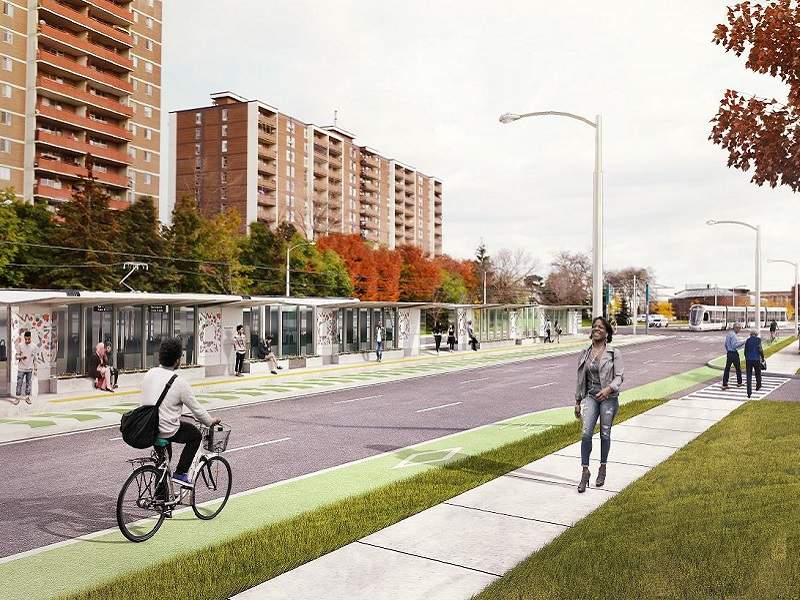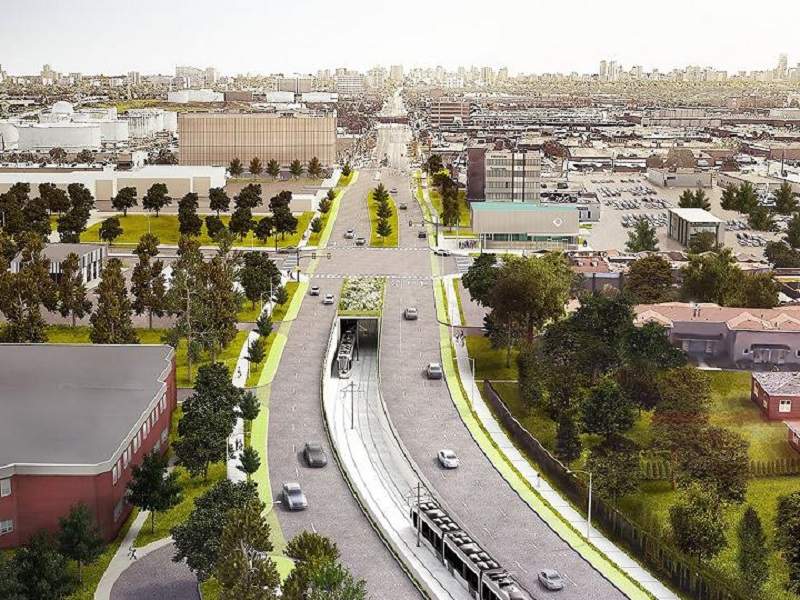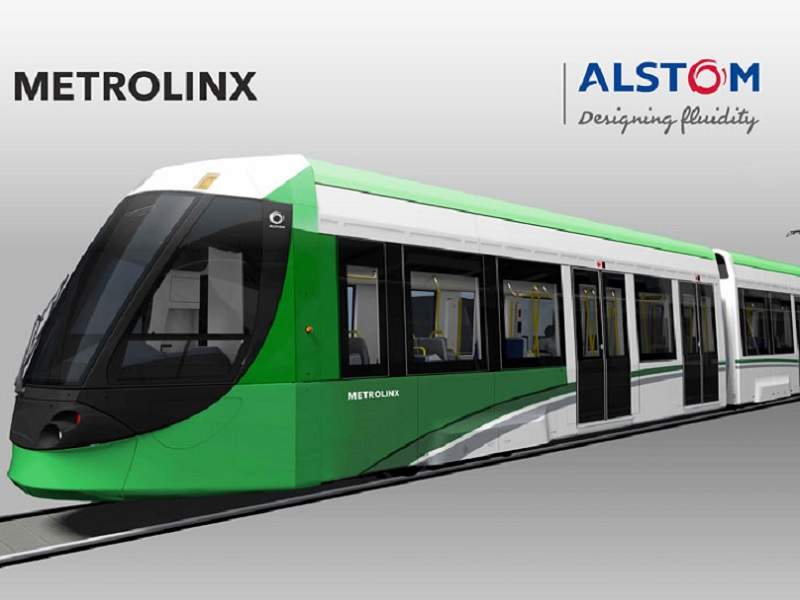Finch West Light Rail Transit (LRT) is a new light rail network proposed to be constructed in Toronto, Canada. The 11km-long LRT will run between Humber College and the new Finch West Subway Station on the Toronto-York Spadina Subway Extension.
The project is a part of the Ontario Government’s commitment to expand transit in the Greater Toronto and Hamilton Area. The project will be executed through a design, build, finance and maintenance (DBFM) contract.
The project owner Metrolinx commenced early utility works of the LRT in 2016. Construction is scheduled to begin in late-2018 and the transit service is anticipated to begin by 2023.
Finch West LRT details
Finch West LRT will connect the roadway along Finch Avenue West, from Yonge Street in the east to Highway 27 in the west. It will then head to the centre of Highway 27 to Humber College Boulevard and terminate at the Humber College campus, passing via a routing on the south side of Humber College Boulevard .
The project includes 18 stops, including a below-grade terminal stop at Humber College, and an underground interchange station at Toronto Transit Commission’s (TTC) Finch West Subway Station.
The overall length of the platform will be 63m, with a width of 3m at the sides and 4m in the centre. Double tracks will be built in the centre of the Finch Avenue and will be raised by 150mm height with at-grade road crossings.
A separate 1.6m delineated cycle lane will be built on both sides of the road along Finch Avenue and Highway 27.
A maintenance and storage facility will also be built at York Gate Boulevard for the LRVs and the associated works of the project, including signalling, communications and track works.
Rolling stock details
The proposed Finch West light rail transit project will use low-floor light rail vehicles (LRVs) with electric propulsion. The vehicles will have a maximum speed of 60km/h.
Vehicles will be able to carry medium to high volumes of passengers. They will be outfitted with doors on both sides to speed-up loading and unloading.
A total of 17 LRVs will be built by Alstom under a contract signed with Metrolinx in May 2017.
Financing
The Finch West LRT project is being carried out through Infrastructure Ontario’s Alternative Financing and Procurement (AFP) approach.
Metrolinx has established the project’s scope and private sector resources accountable for design, construction, financing and maintenance of the project through AFP.
The Province of Ontario announced C$1.2bn ($921.4m) in funding for the project in April 2009.
Finch West LRT benefits and ridership
The project will bring economic benefits to the Northwest Toronto region by employing nearly 600 workers primarily from the Greater Toronto Area during peak construction work.
It will also increase the existing transit ridership by providing a reliable and safe transit service.
The light rail network is expected to carry an estimated average daily ridership of 2,300 to 2,800 people during peak hours by 2031.
Contractors involved with Finch West LRT project
Infrastructure Ontario and Metrolinx awarded the DBFM contract for the project to Mosaic Transit Group in April 2018. Mosaic Transit Group includes Aecon, ACS Infrastructure Canada and CRH Canada Group, Dufferin Construction Company, and Dragados Canada.
The design team comprises Arup Canada, Dillon Consulting, DPM Energy, DTAH, Perkins + Will Canada, and Sener SES Canada. The construction work will be carried out by Aecon Infrastructure and Management, Dragados Canada, and Dufferin Construction Company.
RBC Dominion Securities is acting as the financial advisor for the project, while the maintenance services for the project will be provided by ACS Infrastructure Canada and Aecon O&M for 30 years.










